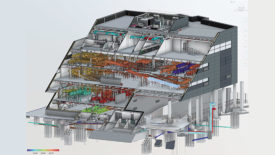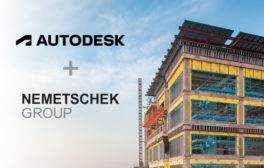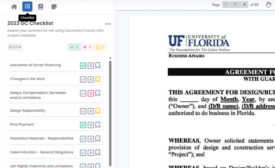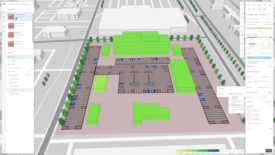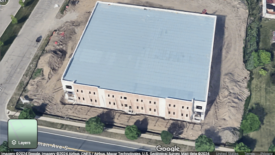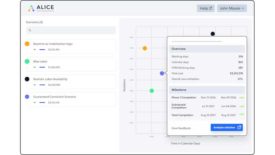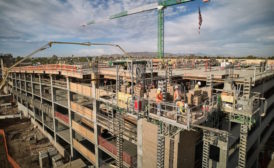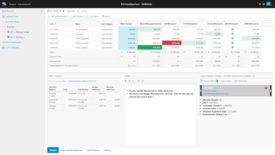Information technology
Software and data acquisition and processing systems to improve design, construction, and business efficiency
ARTICLES
Building Information Modeling
Building Information Modeling
Autodesk, Nemetschek Agree on Greater Interoperability for Design and Construction Software
Design tools such as Revit, ArchiCAD will have easier data exchange under new agreement
Read More
Information Technology
Autodesk Investigates Its Accounting Practices, Delays Annual Report
Company also expands its cloud offerings with AI and carbon analysis tools
Read More
Risk
Cyber Thieves Phish Away a $735K Payment to a Minnesota Contractor
'Spoofed' emails may have played a key role in theft
Read More
Information Technology
Accounting Platform Sage Launches AI CoPilot to Boost Sector Offerings
Read MoreArtificial Intelligence
AI-based Tool Optimizes Construction Schedules Straight From P6
ALICE Technologies schedule optimizer no longer requires a full BIM
Read More
Information Technology
McCarthy Standardizes Its Payments on Oracle's Textura Platform
Contractor moves to shift all subcontractor payments to new system
Read More
Information Technology
Sage Acquires Bridgetown Software, Creator of BidMatrix
Acquisition brings cloud capabilities to Sage Estimating
Read More
EVENTS
Industry Live Featured Event
6/3/24 to 6/5/24
Town and Country Resort
500 Hotel Cir N
San Diego, CA
United States
Contact: Katie Abbott
ENR FutureTech
The latest news and information
#1 Source for Construction News, Data, Rankings, Analysis, and Commentary
JOIN ENR UNLIMITEDCopyright ©2024. All Rights Reserved BNP Media.
Design, CMS, Hosting & Web Development :: ePublishing
